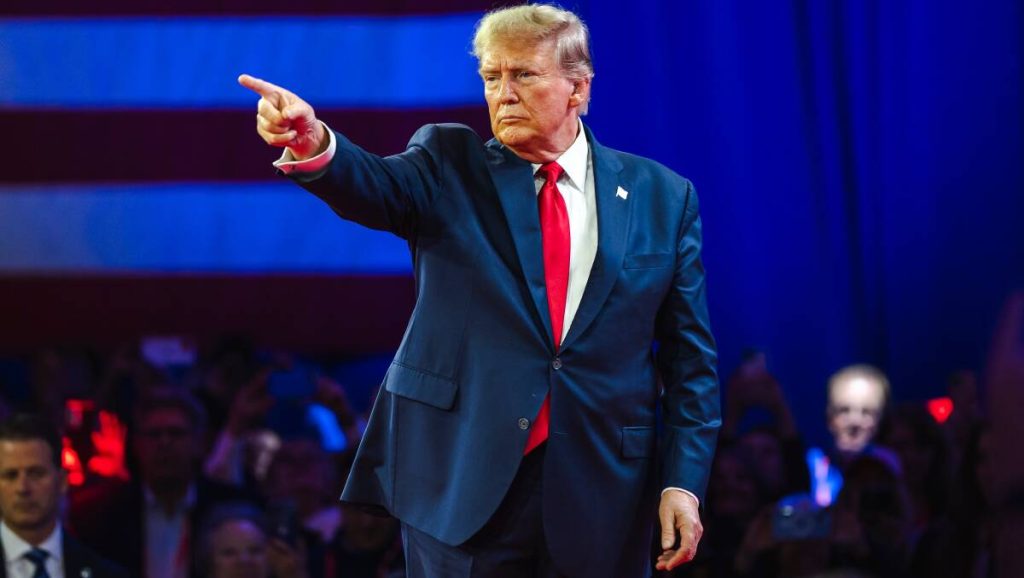US President Donald Trump will introduce a sweeping package of tariffs on Wednesday, dubbed “Liberation Day” tariffs, in a move that could escalate tensions and trigger a global trade war.
Reports say Trump will unveil the measures in a high-profile Rose Garden event at 4:00 p.m. (2000 GMT), accompanied by key cabinet members. The timing—after Wall Street closes—suggests an attempt to manage market reactions. The president claims these tariffs will prevent the US from being “ripped off” and usher in a “golden age” for American industry.
However, while Trump insists he has decided on the specifics of the retaliatory measures against nations imposing tariffs on the US, the White House admitted late Tuesday that final adjustments were still being made.
Trump has long advocated for tariffs, arguing they will correct trade imbalances despite warnings from economists that they could backfire, leading to higher prices for American consumers and an increased risk of recession.

The president has hinted for weeks that the new tariffs would mirror levies imposed on US goods by other countries. However, details remain unclear. Reports suggest Trump has considered blanket 20 percent tariffs, as well as a more selective approach that would grant preferential treatment to some nations.
On Monday, he remained vague, saying only that the tariffs would be “very kind,” while White House Press Secretary Karoline Leavitt confirmed Tuesday that the measures would take effect “immediately” after the announcement—ruling out any delay for negotiations.
This unpredictability has rattled global markets, while key US trading partners have scrambled to respond.
Trump’s move threatens to deepen divisions between the US and its closest allies, not only on trade but also in broader economic and security policies.
Countries likely to be targeted have called for negotiations but are also preparing countermeasures. Canada, for instance, has vowed to respond in kind.
“We are going to be very deliberate in terms of the measures we take, to fight for Canada,” Prime Minister Mark Carney said on Tuesday.
The European Union, which Trump accused of trying to “screw” the US, expressed hope for negotiations but warned that it has “all instruments on the table” to retaliate if necessary.
Meanwhile, British Prime Minister Keir Starmer discussed “productive negotiations” on a UK-US trade deal with Trump, and Vietnam announced tariff reductions on a range of goods in an effort to ease tensions.
Since his first presidency from 2017-2021, Trump has used tariffs as a tool for economic and foreign policy, arguing they will revitalize US manufacturing.
Last week, he announced a 25 percent tariff on foreign cars, saying he “couldn’t care less” if it led to price hikes. Those duties are set to take effect on April 3. A 25 percent tariff on steel and aluminum was implemented in mid-March.
China was hit with additional 20 percent tariffs on all goods last month, prompting retaliatory duties from Beijing. The European Union has also prepared its own countermeasures, set to take effect in mid-April.
As Trump prepares to announce his latest wave of tariffs, the world waits to see just how far-reaching the measures will be—and how other nations will respond.

